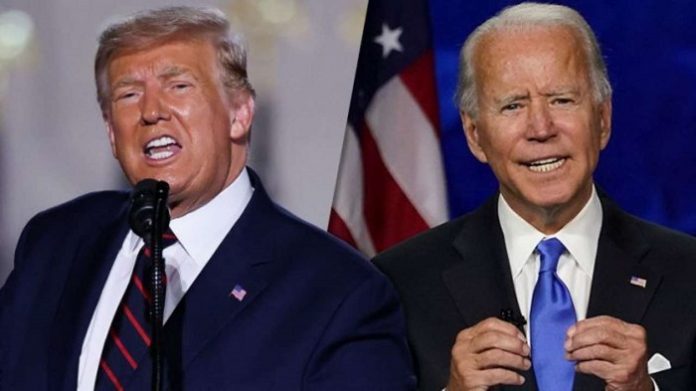The United States may be the world’s oldest democracy, and if you thought that the contestant who receives the largest number of popular votes in the US presidential elections becomes the President of the United States, you will be mistaken.
According to the American constitution that was issued in the end of the eighteenth century and its subsequent amendments, it is the candidate who gets the largest number of Electoral College votes who becomes the president, winning the most popular vote is not a necessity.
Here we explain this apparent anomaly in the US democratic election process.
The Electoral College (EC) consists of 538 electors from the 50 US states. Each state has a number of EC members equal to the number of its representatives in Congress (the House of Representatives and the Senate together). Each EC member has one vote for the president and one vote for the vice president, and the candidate who gets 270 or more EC votes wins the presidency.
Although electors of the Electoral College are free to choose the presidential candidate and his deputy, in practice, electors of the Electoral College often select the candidate who received the highest votes in the state they represent.
Prominence of the Electoral College to the electoral process leads to some states being considered more important than others on account of the number of EC members it has. For example, the state of Texas has 38 electors in the Electoral College, while the state of Kentucky has only eight.
Let us say, one of the candidates gets three million votes in the state of Kentucky and one million votes in the state Texas, while the second candidate receives a million votes in Kentucky and two million votes in Texas. Now, even though the first candidate obtained a total of four million votes against three million for his rival, the former will only get eight votes in the EC for winning the state of Kentucky, while the second candidate will get 38 EC votes on account of winning Texas.
Throughout US election history there have been occasions when a candidate won the presidency because he obtained the majority votes in the Electoral College, while he lost the popular vote, including the current president, Donald Trump.
In the previous elections held in 2016, Hillary Clinton received more popular votes than Trump, but Hillary lost because she failed to obtain more EC votes.
The US House of Representatives consists of 435 deputies, distributed over the states according to the population of each state, while the Senate consists of 100 Senators, with each state having two representatives regardless of their population.
So the difference in the number of representatives of each state in the Electoral College is due to the difference in the number of its representatives in the House of Representatives.
It is important to note that while the total number of representatives of the House of Representatives and the Senate is 535, the number of members of the Electoral College is 538. The difference between the two numbers comes from members representing the District of Columbia in which the US federal capital Washington DC is located.

Prof. Dr. Sherif Salama
PhD in constitutional law
Member of the London Court of International Arbitration
Salama22@gmail.com























